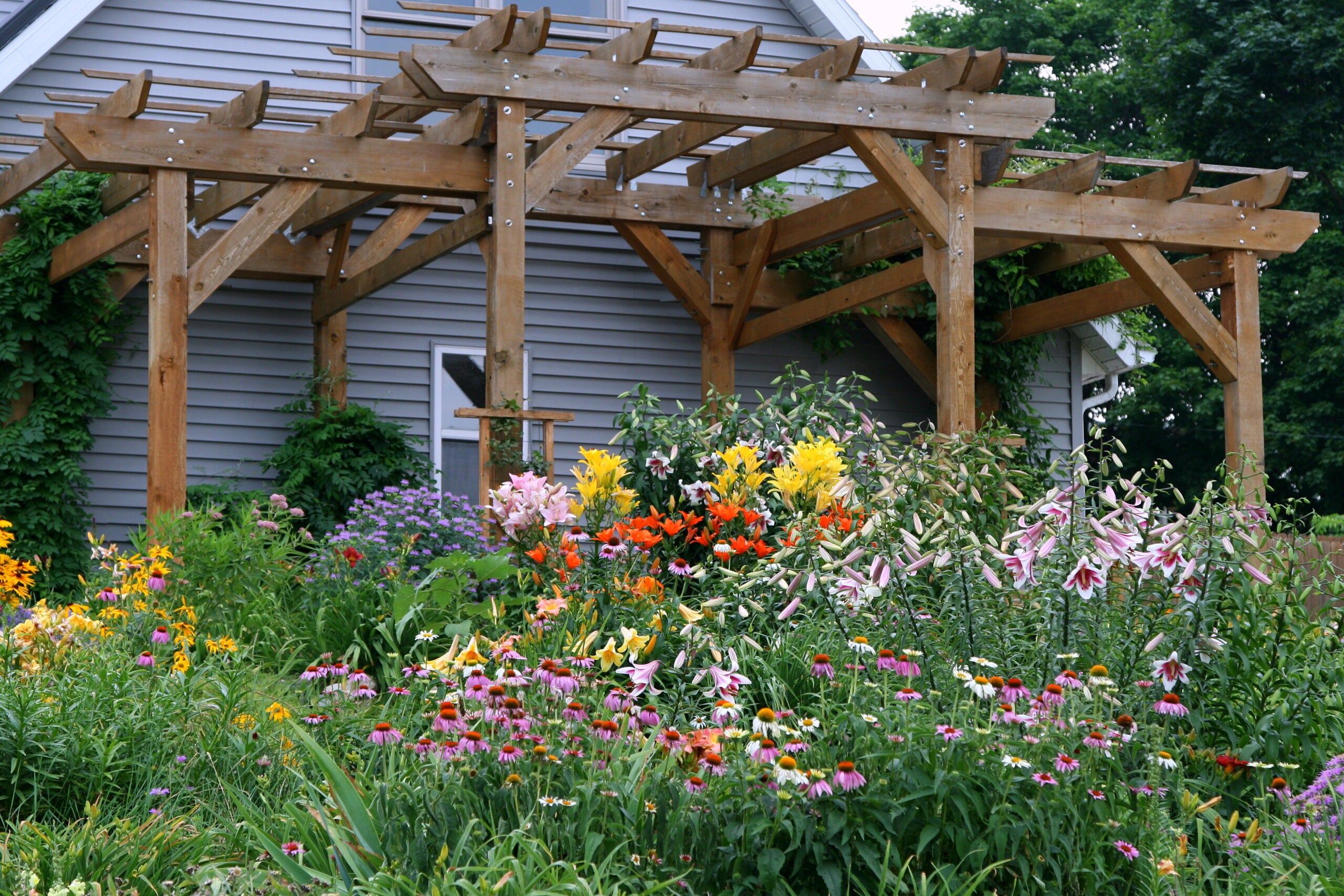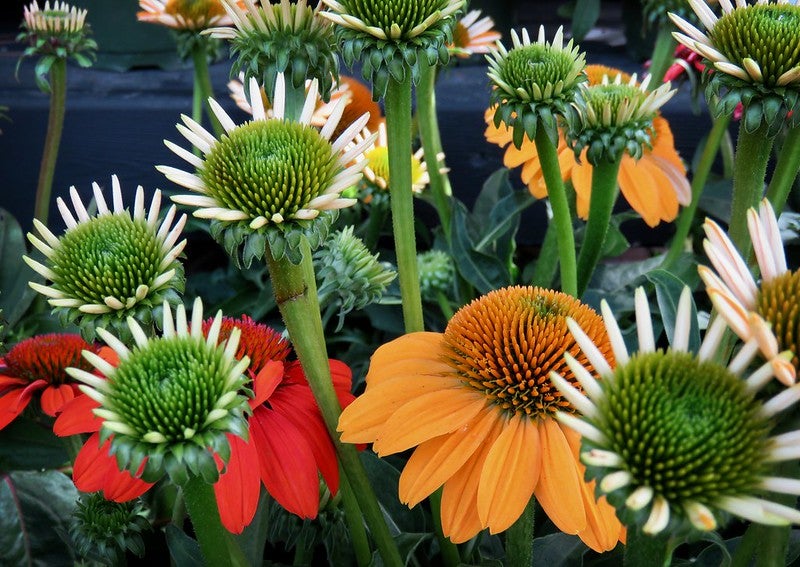Join Larry Meiller as he learns about how to have a “the right-size flower garden” for gardeners who are pressed for time, space, and energy from the author of “The Right-Size Flower Garden.” They’ll discuss low-maintenance plants, design changes, and more.
Featured in this Show
-
Thinking Ahead Can Help Gardners Get Blooms Spring Through Fall
Many gardeners want gardens that will bloom spring through fall, with plants that provide color but are also low-maintenance. With a little planning, that goal is possible, according to a gardening expert.
To get started, make sure to understand light conditions in the space you have, said Kerry Ann Mendez, who is the author of “The Right-Size Flower Garden: Simplify Your Outdoor Space With Smart Design Solutions And Plant Choices.”
“Do you have Sun? Do you have part Sun?” she asked. “Do you have shade? … Let’s really take a fresh honest look of how much light that area gets.”
Then, Mendez said, it’s also important to understand which plant hardiness zone the garden is in. It’s a standard that helps determine which plants are likely to thrive. If you’re not sure of your zone, the U.S. Department of Agriculture has an interactive Plant Hardiness Map on its website.
“Don’t go into ‘zone denial’ as we say, because (you’re) just going to be replacing plants because … we wanted plants that were not hardy for our zone,” she said.
Once gardeners have an understanding of lighting and zones, it’s time to create what Mendez calls an “ever-blooming palate” in the space gardeners have. She suggests people get a piece of paper and make three columns. Each column is for a different group of plants based on their height once they reach maturity. Make one column for short plants (12 inches or shorter), one column for mid-size plants (1 to 3 feet), and one column for plants more than 3 feet.
Then, Mendez said to look for plants a person would like to see in their space. For example, use a garden book that offers lots of options.
Once a desired plant is found, make sure it is suited for the lighting and is appropriate for the zone. If it works, enter the plant and information about it (including blooming time) into the appropriate column. Mendez said she usually cuts a picture out of the flower and puts it there as well. Continue to do that as needed.
Once done, gardeners will have reference list to use and put into a design.
“They’re sorted by height and because part of what you’re putting in is when they bloom, spring, summer, or fall, it would be very hard for someone not to have spring, summer and fall plants in each column,” she said.
Then, when designing, make sure the spaces where plants will go have spring, summer and fall plants. Thinking ahead will help gardeners achieve the goal of a continuing sweep of color, or “bling,” as Mendez calls it, in the garden.
While these guidelines may be more helpful for those starting fresh, Mendez had advice for people with existing gardens who want to buy new plants and have a garden that’s less work.
She said most gardeners don’t know where they’re going to put new plants because their spaces are already jammed. That’s where what she calls “the hardest part” comes in.
“It’s not buying plants, it’s, ‘OK, where’s this plant going to go?’ she said. “That’s where we have to put on another set of lens, if you will, to look for those plants that truly were never performing well, that were more disease prone, insect prone, just looked ratty and only bloomed a short period and those are the ones that we’re going to have to pop out of there to put that beautiful new plant in, assuming that the light is right.”
Mendez said jamming too many plants into a space can cause problems. One issue is that it opens the door to more disease and insect problems because there’s less airflow.
“It’s just a really tight space, you’re just inviting problems from above,” she said.
Another issue is that it creates competition for the roots below the soil. Those roots are competing for a limited amount of water and nutrients. As a result, what gardeners see above the soil are plants that are not blooming well.
“They just don’t have enough space per plant to draw the food and the water they need to make us smile like we want to smile,” she said.
Episode Credits
- Larry Meiller Host
- Breann Schossow Producer
- Kerry Ann Mendez Guest
Wisconsin Public Radio, © Copyright 2025, Board of Regents of the University of Wisconsin System and Wisconsin Educational Communications Board.


